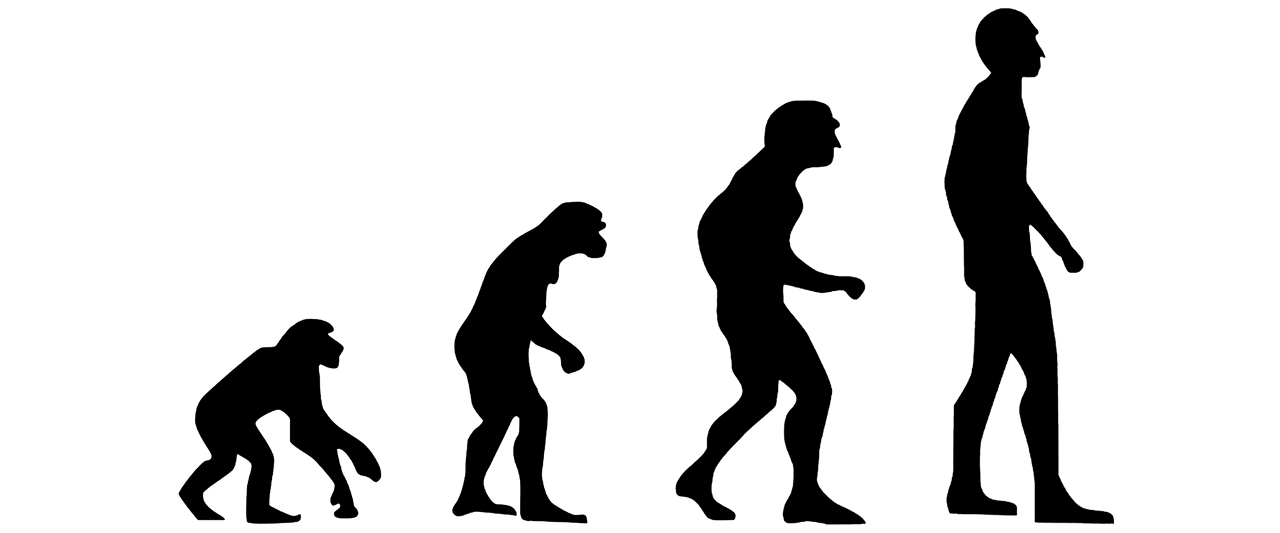
For decades, the story of human origins was a tidy narrative: Homo sapiens emerged in Africa around 50,000 years ago, spread across the globe, and outcompeted Neanderthals. However, recent archaeological and genetic discoveries have dismantled this linear tale, revealing a far more complex and intriguing history.
Modern research suggests that Homo sapiens did not evolve in a single location but instead emerged gradually across a wide African ‘meta-population’ between 350,000 and 200,000 years ago. Fossils found in Morocco, Ethiopia, and Israel, some dating back over 200,000 years, indicate multiple early dispersals from Africa into Eurasia—many of which did not result in lasting populations or genetic legacies.
Sites like Skhūl and Qafzeh in Israel, once thought to be anomalies, are now seen as part of a broader pattern of early, temporary migrations. Fossil evidence from Australia and Southeast Asia, including at Lake Mungo and Madjedbebe, shows Homo sapiens reached these regions much earlier than previously believed—possibly over 60,000 years ago.
Genetic data paints an even more intricate picture. Most modern non-African humans descend from a population that left Africa around 60,000–50,000 years ago. Earlier migrations, though widespread, largely failed to establish enduring lineages. These “ripples before the wave” suggest Homo sapiens’ dominance was not inevitable.
Moreover, interbreeding—once thought rare—was common. Homo sapiens mated with Neanderthals and Denisovans, leaving traces of their DNA in modern humans. Some individuals, like one from Romania, had a Neanderthal ancestor just five generations prior. Even the earliest Skhūl skeletons may show signs of Neanderthal ancestry.
Cultural evidence also challenges assumptions. Tools and symbolic art, once attributed solely to modern humans, have been found in Neanderthal contexts, and vice versa. The oldest known representational cave paintings, dating back over 51,000 years, were discovered not in Europe but in Indonesia, raising questions about the origins of symbolic thought.
In short, Homo sapiens’ rise was not a straight ascent but a winding path of migrations, failed settlements, and genetic mingling. As new discoveries continue to emerge, our understanding of human history grows ever more nuanced—and surprising.